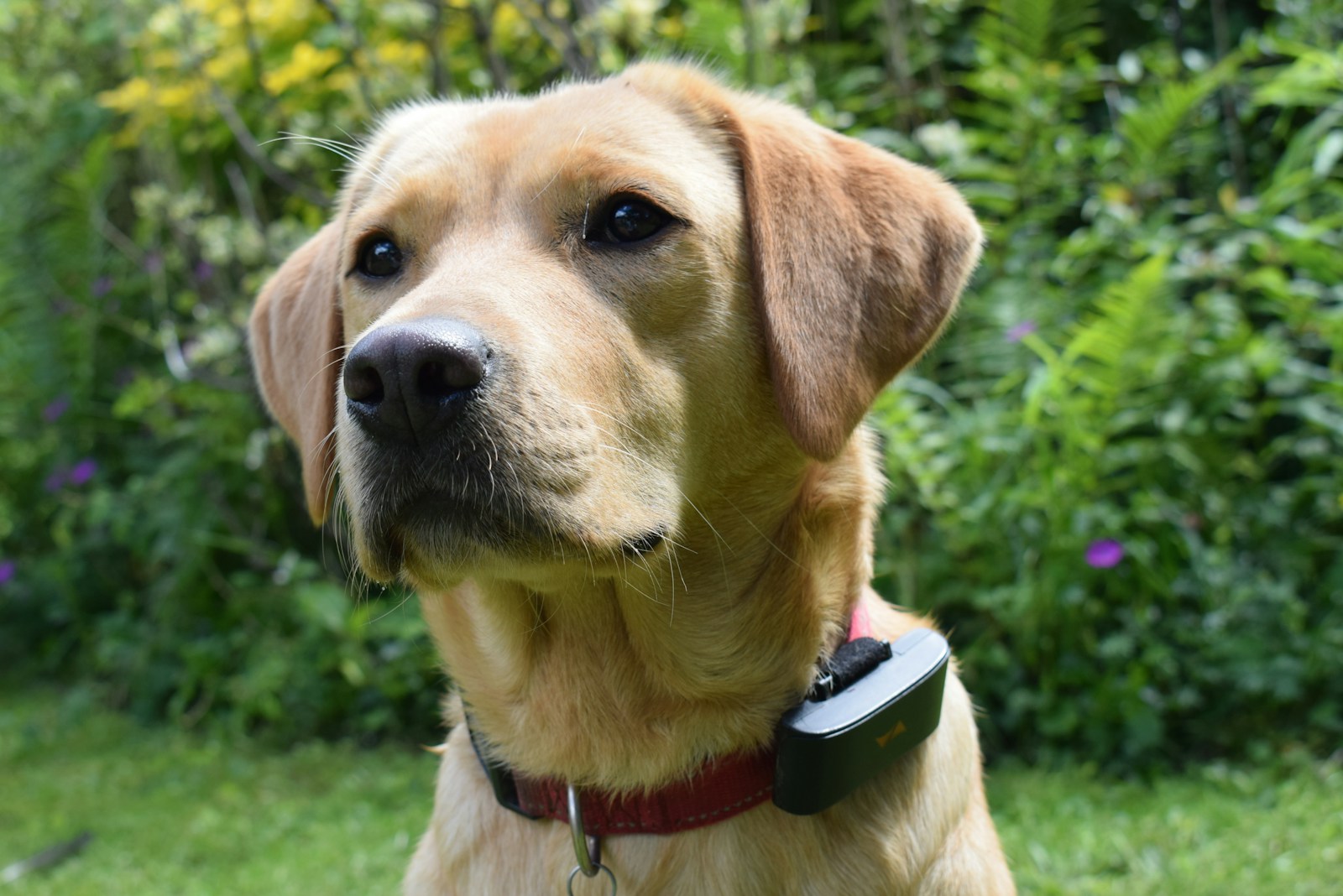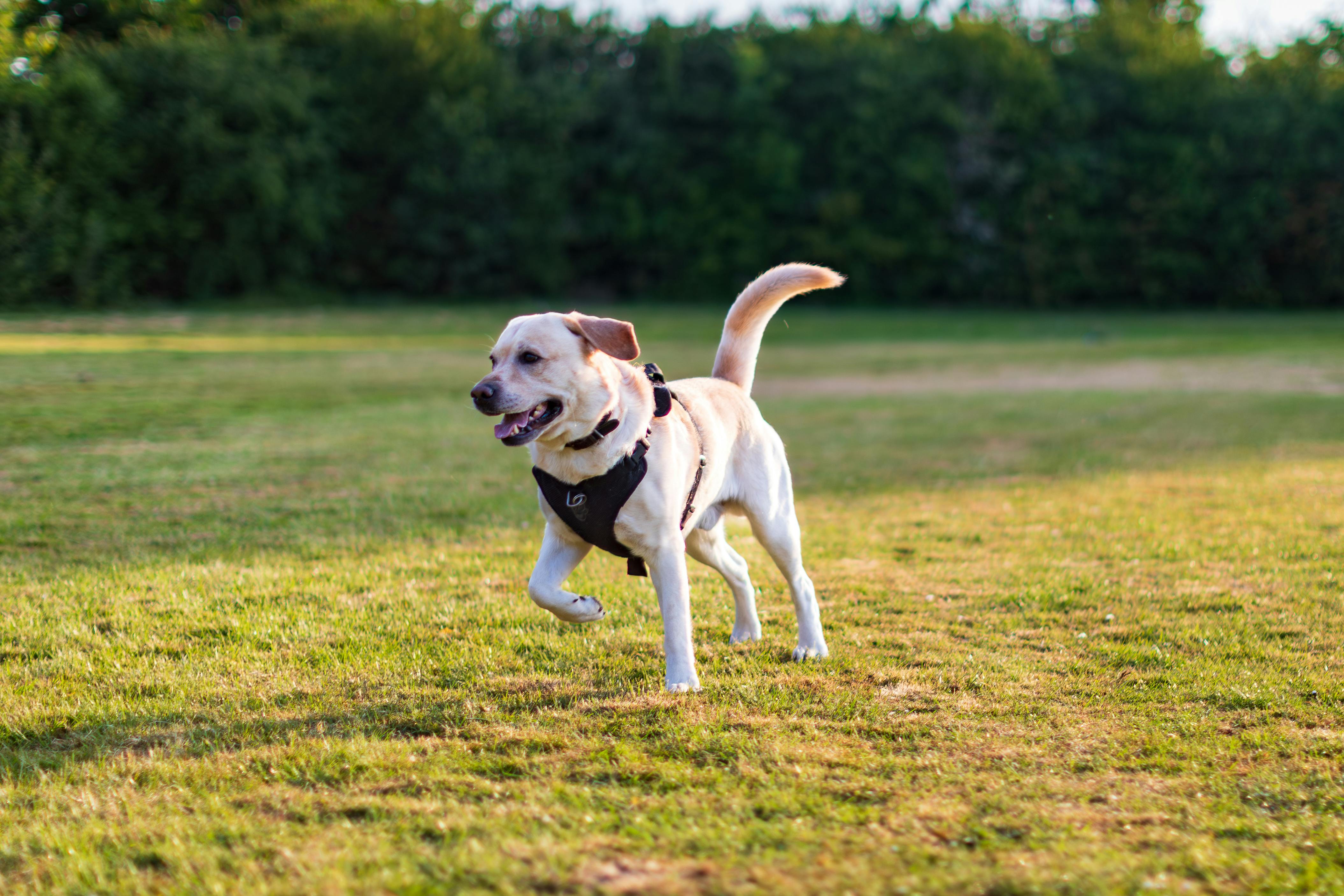
Keeping track of your dog’s location is easier than ever thanks to modern GPS technology. Many pet owners rely on GPS trackers for dogs to ensure their pets’ safety, whether on a hike, in the backyard, or roaming freely. But have you ever wondered how these small devices accurately pinpoint your dog’s position and send updates directly to your phone? The answer lies in how Global Positioning System (GPS) technology functions within the tracker.

The Basics of GPS Tracking
GPS tracking operates through a network of satellites orbiting the Earth. These satellites continuously send signals that GPS-enabled devices use to calculate their location. When a dog tracker receives signals from at least four satellites, it determines the precise coordinates of your pet. This data is then transmitted to a smartphone app or a monitoring platform like Petloc8, allowing you to see your dog’s movements in real time.
Each GPS tracker contains a small receiver that captures satellite data and uses triangulation to calculate location. Once the coordinates are established, the device communicates the position via cellular or Bluetooth networks. The efficiency of this system depends on clear satellite connections and strong signal transmission.
Key Features That Enhance Tracking
Modern dog trackers combine satellite technology with smart features to improve accuracy and convenience. Before choosing one, consider the main factors that affect how effectively your tracker performs:
- signal strength — stronger GPS signals ensure faster and more precise updates;
- battery life — longer battery life allows for continuous monitoring during outdoor activities;
- coverage area — devices using both GPS and cellular networks provide better range;
- durability — waterproof and shock-resistant designs are ideal for active dogs.
These features work together to maintain a reliable connection, giving pet owners peace of mind no matter where their dogs wander.
Data Transmission and Real-Time Monitoring
After collecting location data, the tracker sends it to a connected device such as a smartphone. This transmission uses mobile networks or Wi-Fi, depending on the model. Applications like Petloc8 display the dog’s position on a digital map, offering live tracking and location history. Users can even set virtual boundaries—known as geofences—that send alerts if the dog strays beyond a safe zone.
GPS trackers also store data, allowing you to review your pet’s daily routes and activity patterns. Some models measure movement levels to provide insight into health and behavior. With these analytics, pet owners can monitor not only location but also wellbeing.
The Role of Accuracy and Environment
The precision of GPS trackers depends on environmental factors. Open areas with a clear view of the sky provide the most accurate readings, while dense forests or urban buildings can cause slight signal delays. However, advanced devices use Assisted GPS (A-GPS) to combine satellite and cellular data, improving performance in challenging locations.
This balance of satellite and network data ensures that even in areas with limited coverage, you can still monitor your dog effectively. GPS technology has revolutionized the way we care for our pets. From locating lost dogs to analyzing their daily routines, these devices provide a level of control and reassurance once unimaginable.
Petloc8 demonstrates how powerful and practical this technology can be, turning complex satellite data into a simple, real-time tracking solution. Understanding how GPS works in dog tracking devices helps every pet owner make informed choices and keep their furry companions safe wherever adventure takes them.



